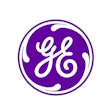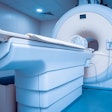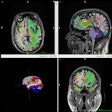MRI radiomics analysis can help in predicting treatment response in patients with advanced hepatocellular carcinoma (HCC), according to a multicenter study presented at the 2025 American Society of Clinical Oncology (ASCO) meeting in Chicago.
Researchers led by presenter Hui-Chuan Sun, MD, from Fudan University in Shanghai, China, developed an AI-based approach that was highly accurate for predicting response in patients treated with the combination of atezolizumab and bevacizumab.
“Radiomic features derived from pretreatment MRI scans can effectively predict personalized objective responses to combination therapy with atezolizumab and bevacizumab in patients with unresectable or advanced HCC,” the authors wrote.
Although the combination of atezolizumab and bevacizumab is the standard treatment for advanced HCC in many countries, response rates are around 30%. Unfortunately, identifying individuals with the potential for a favorable response before therapy remains a pressing challenge, according to the researchers.
As a result, the group sought to determine if MRI radiomics features could improve predictive performance in this patient population. In a multicenter retrospective study, the researchers included 240 patients who had received atezolizumab plus bevacizumab as first-line therapy between December 2020 and February 2024.
Of the 240 patients, 161 from Zhongshan Hospital served as the training cohort. Complete baseline, treatment and tumor evaluation records, and MRI data were used for training. Initially the researchers developed a deep-learning model (baed on nnU-Net) to automatically segment intrahepatic lesions. Two radiologists then reviewed and revised these segmentations.
Next, the group used PyRadiomics software to extract radiomic features, which were then used to construct a radiomic feature-based Extreme Gradient Boosting Decision Tree (XGBoost) machine-learning algorithm. In addition, three radiologists evaluated 53 visually-assessed features on MRI scans.
They then determined the predictive performance of the radiomic feature model, as well as the relationship between radiomic and MRI features, on 79 patients from 13 other centers in China.
Over the course of a median follow-up period of 13.7 months in the training cohort, 30 (19%) achieved an objective response by RECIST 1.1, compared with 18 (23%) in the validation cohort. The radiomic feature model delivered an area under the curve (AUC) of 0.913 in the training cohort and 0.825 in the validation cohort.
However, performance was improved after taking into account the presence of a fat surpassing mass – the only visual MRI feature associated with an objective treatment response. The combined predictive model yielded an AUC of 0.951 in the training cohort and 0.835 in the validation cohort.
Notably, the researchers also observed a significant correlation between radiomic features and MRI features of intrahepatic lesions.
“Radiomic features derived from pretreatment MRI scans can effectively predict personalized objective responses to combination therapy with atezolizumab and bevacizumab in patients with unresectable or advanced HCC,” the authors concluded in the poster abstract.

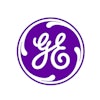
.fFmgij6Hin.png?auto=compress%2Cformat&fit=crop&h=100&q=70&w=100)
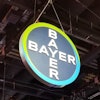

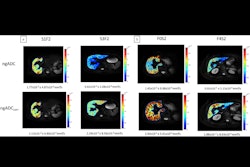

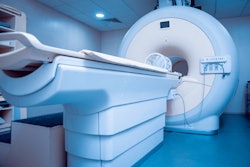
.fFmgij6Hin.png?auto=compress%2Cformat&fit=crop&h=167&q=70&w=250)
